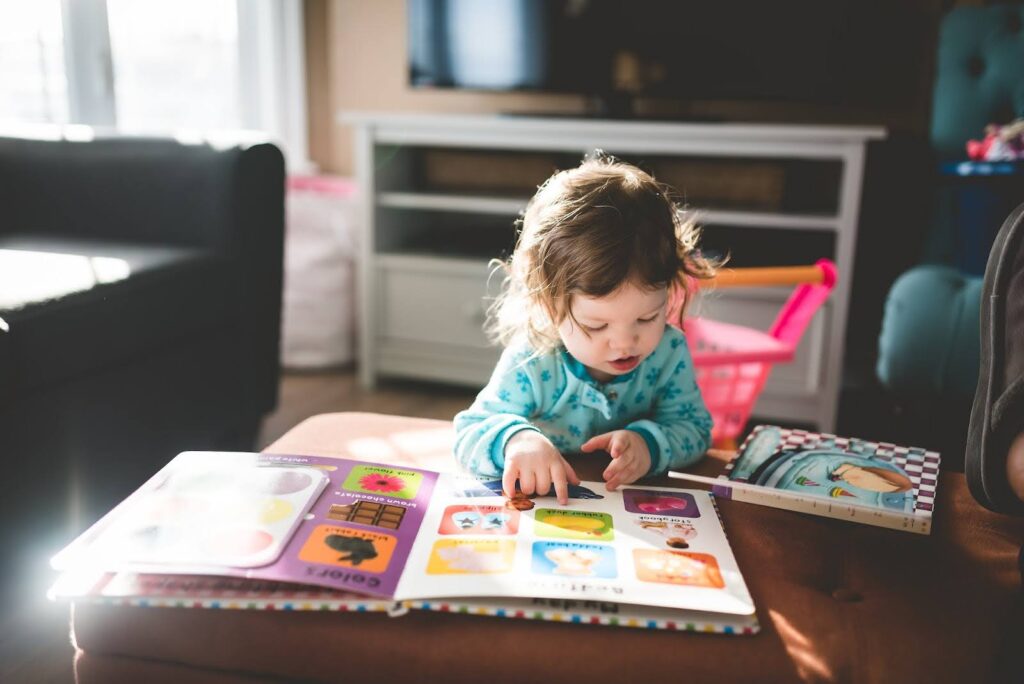Encouraging independence in children is a key aspect of their growth and development. When children are given the tools and opportunities to explore, make choices, and learn on their own, they become confident, self-reliant, and motivated learners. A thoughtfully designed learning environment can play a crucial role in fostering this sense of independence. In this guide, we’ll explore the principles and strategies for creating a learning environment that nurtures self-directed growth in children.
1. The Importance of Independence in Early Learning
Independence is an essential quality that helps children build self-confidence, critical thinking skills, and resilience. Encouraging children to complete tasks on their own helps them understand their capabilities and develop a sense of responsibility. When children are trusted to make decisions and manage small challenges, it lays the groundwork for them to face more significant challenges in the future.
Learning environments that prioritise independence not only prepare children for academic success but also cultivate essential life skills. At Montessori Ryde, for example, fostering independence is a core value, with an emphasis on child-led learning. The Montessori approach encourages children to explore their surroundings freely, take responsibility for their learning, and discover their interests through hands-on activities.
2. Create a Child-Centred Learning Space
Designing a child-centred environment is the foundation for encouraging independence. Such spaces should be carefully structured to provide children with choices and opportunities for exploration. Key elements of a child-centred environment include:
- Accessibility: Materials and resources should be within reach and organised in a way that children can easily find and put them away. This teaches them to care for their environment and feel a sense of ownership.
- Safety and Comfort: A safe and comfortable environment allows children to explore with confidence. Child-sized furniture, soft lighting, and age-appropriate tools can help create a space where children feel secure.
- Order and Structure: Children thrive in orderly environments where they understand the purpose of each space and its resources. Creating clear zones for activities like reading, crafting, or imaginative play gives children the freedom to make choices within a structured framework.
3. Offer Choices and Promote Decision-Making
Providing children with the opportunity to make choices is a simple yet effective way to nurture independence. Offering options allows them to practice decision-making, consider consequences, and feel a sense of autonomy.

You can encourage independence by:
- Presenting Limited Options: Instead of overwhelming children with too many choices, present a few carefully selected options. For example, you could ask, “Would you like to draw or build with blocks?” This way, children feel empowered to make decisions without being overwhelmed.
- Involving Children in Daily Routines: Allow children to participate in daily routines such as setting the table, watering plants, or organising toys. This not only fosters independence but also teaches responsibility and collaboration.
4. Encourage Hands-On Exploration and Play
Hands-on learning and play are vital for children’s cognitive and physical development. When children are free to explore materials, manipulate objects, and experiment with their surroundings, they gain a deeper understanding of the world. Incorporating hands-on activities into the learning environment can include:
- Sensory Play: Activities that involve touching, feeling, and manipulating different textures allow children to engage their senses and explore cause-and-effect relationships.
- Imaginative Play: Providing open-ended toys such as blocks, costumes, and figurines encourages children to use their creativity and problem-solving skills. Through imaginative play, children practice decision-making, role-playing, and self-regulation.
- Practical Life Skills: Integrating real-world tasks such as sweeping, pouring water, or preparing snacks helps children feel capable and competent. These activities provide them with a sense of accomplishment and an understanding of everyday life skills.
5. Foster a Growth Mindset and Resilience
In order to create an environment that encourages independence, it’s essential to foster a growth mindset in children. A growth mindset is the belief that abilities and intelligence can be developed through effort, persistence, and learning from mistakes. To promote a growth mindset:
- Praise Effort Over Outcome: Instead of solely focusing on the end result, acknowledge the effort, persistence, and strategies the child used. For example, you might say, “I can see you worked hard on that puzzle and didn’t give up!” This encourages children to value the process of learning and embrace challenges.
- Model Resilience: Children often mirror the behaviour of adults. By demonstrating resilience in your own actions and talking through challenges, you provide a powerful example for children to follow. Share stories about how you overcame obstacles and encourage children to reflect on their own experiences.
6. Allow Room for Mistakes and Problem-Solving
Mistakes are a natural part of learning and growing. Allowing children to make mistakes and guiding them through the process of problem-solving is a crucial step in encouraging independence.

You can create an environment that supports this by:
- Avoiding Over-Correction: Resist the urge to immediately step in and correct children when they make a mistake. Instead, ask open-ended questions to guide them toward finding a solution. For example, “What do you think we could do differently next time?” or “How could we fix this together?”
- Normalising Mistakes: Emphasise that mistakes are a valuable opportunity to learn. Reassure children that everyone makes mistakes and that trying again is part of the process. This helps reduce their fear of failure and encourages them to take risks in their learning.
7. Cultivate an Atmosphere of Respect and Trust
Building a sense of trust and mutual respect between adults and children is vital for creating an environment that encourages independence. When children feel respected and trusted, they are more likely to take initiative and responsibility. You can cultivate an atmosphere of respect by:
- Listening to Children: Take the time to listen to children’s thoughts, ideas, and feelings without interrupting or dismissing them. Show genuine interest and engage in meaningful conversations.
- Offering Support, Not Control: Provide support and guidance without taking over tasks that children can accomplish on their own. Trust in their abilities and offer help only when necessary. This empowers children to take charge of their learning and develop self-confidence.
8. Encourage Reflection and Self-Assessment
Encouraging children to reflect on their actions and assess their own progress helps them become more self-aware and independent. Reflection activities can include:
- Journaling and Drawing: For older children, providing opportunities for journaling or drawing about their experiences encourages self-reflection. Younger children can also benefit from discussing their activities and what they learned.
- Group Discussions: Create time for group discussions where children can share their thoughts and listen to others. This helps them gain insights, learn from peers, and develop communication skills.
Creating a learning environment that encourages independence requires thoughtful planning, patience, and an understanding of each child’s unique needs. By designing a child-centred space, offering choices, fostering a growth mindset, and allowing room for mistakes, you can support children in becoming confident, self-reliant learners. When children are given the tools and freedom to explore, make decisions, and reflect on their experiences, they not only gain independence but also develop a lifelong love of learning.
Remember, the goal is not to force independence but to gently guide children towards it. Allow them to grow at their own pace, celebrate their achievements, and support them in times of challenge. By doing so, you’ll create a nurturing environment that empowers children to take charge of their own learning journey.



